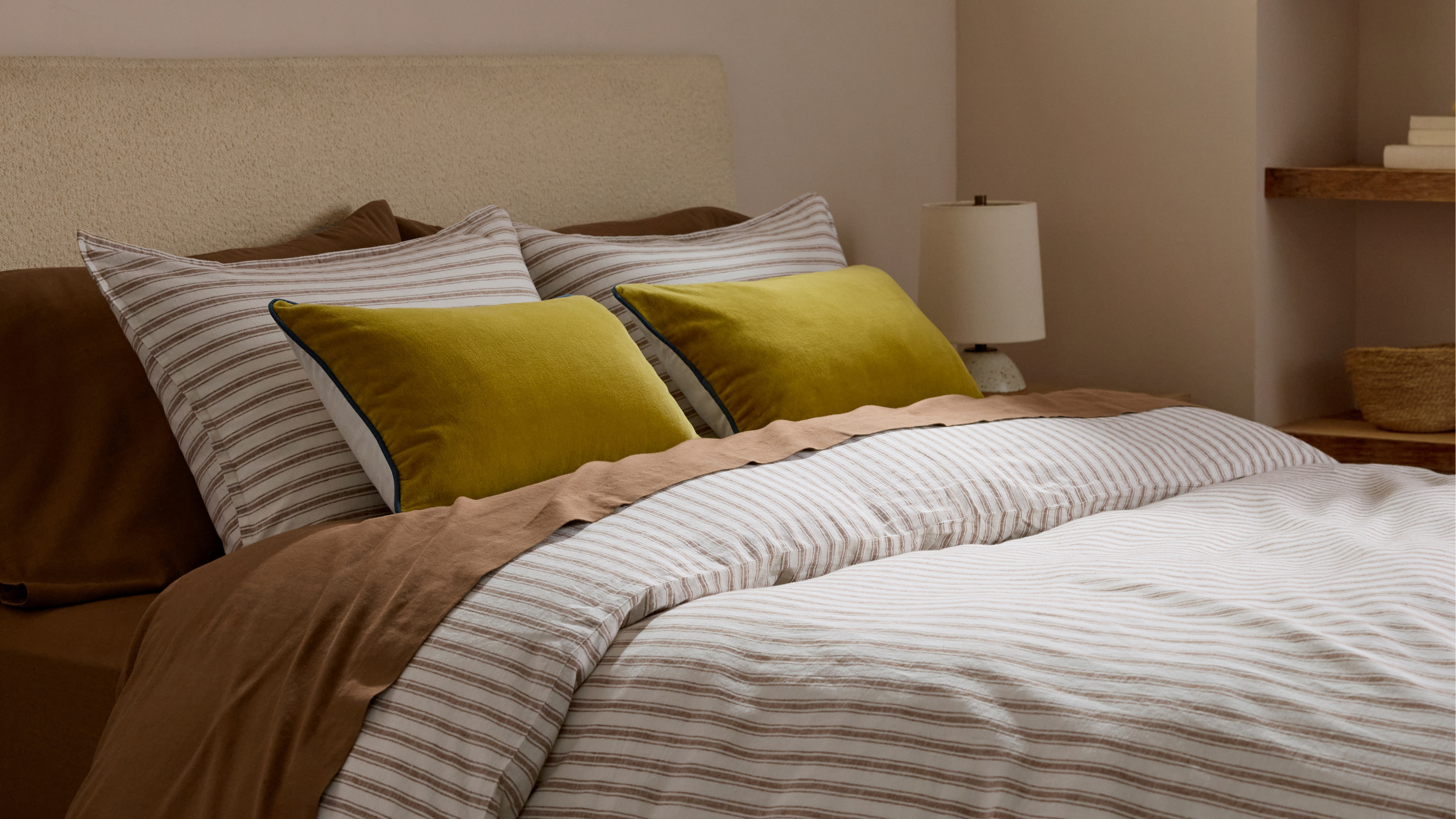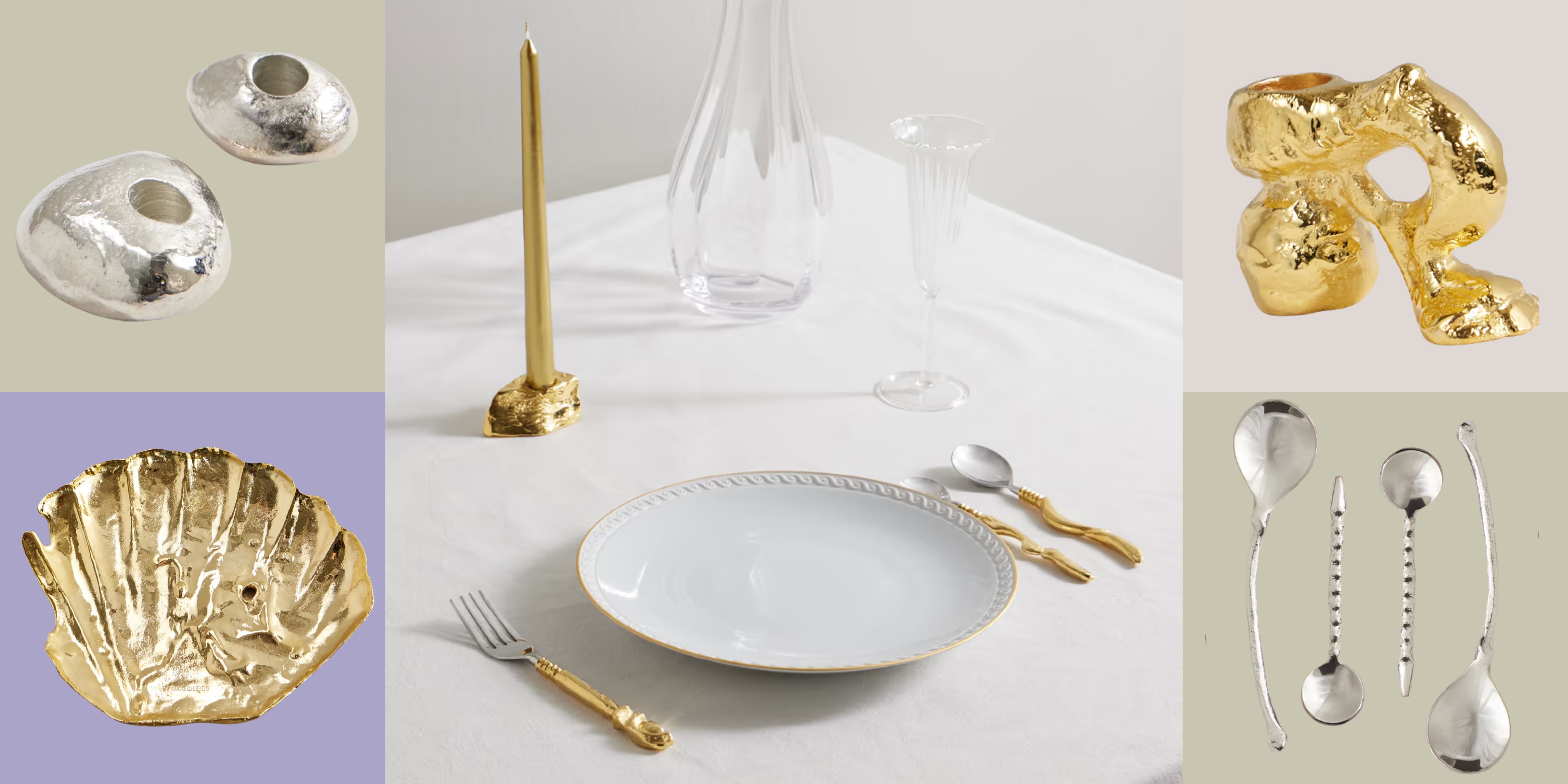What Not to Pack When Moving — 5 Things You Should Really Just Leave Behind
Free up packing space and stress by relieving yourself of these five items


Moving house can be one of the most stressful life events. With boxes, logistics, and endless to-do lists, it’s a process that can feel overwhelming. Packing smartly is essential to reduce the burden — and knowing what not to pack is just as important as knowing what to take.
While it might seem counterintuitive to leave some things behind, decluttering before you move can save you time, space, and money. Experts agree that certain items simply aren’t worth the trouble of packing and transporting. Whether they’re unnecessary, cumbersome, or even dangerous, these items can add more hassle than they’re worth.
To make your next move smoother, we’ve consulted professional organizers and moving experts to create a list of the top five things you should avoid packing to be used alongside our other moving tips.
1. Perishable Foods

One thing to not pack when you're considering relocating to a new city is perishable foods. Fresh produce, dairy, and frozen goods often spoil during transit, even during short-distance moves. "When these items are left unrefrigerated for too long, they can leak, spoil, or attract pests, creating a mess that no one wants to deal with on moving day," says Professional mover Fais Chaudry. "Cleaning up a spill from spoiled food can damage other items in your moving boxes or even the interior of your car or moving truck."
Instead of transporting perishables, start planning your meals a few weeks in advance to use up as much of your fresh and frozen food as possible. Focus on cooking meals with ingredients you already have at home, and avoid buying new items in bulk before your move.
For special occasions or gourmet items stored in your freezer that you can’t bear to throw away, consider insulated coolers such as the NEBO Polar Pak from Amazon is a short-term solution, but only if the travel distance is manageable. However, Fais advises that even with these precautions, moving perishables is often more trouble than it’s worth.

Fais is a professional mover at Airtasker, an online platform to help people find experts and handymen in all trades.
2. Hazardous Materials

Flammable, corrosive, or toxic items are not only impractical to pack but can also be dangerous. Many professional moving companies have strict policies against transporting these materials due to the safety risks they pose.
"The good news is that there are straightforward ways to deal with hazardous materials before your move," continues Fais. "Start by taking inventory of these items and deciding which are essential. For instance, you may want to use up household cleaners or fuel before moving day. Lawn care products like fertilizer or insecticides can often be shared with neighbors or friends who can make use of them."
3. Outdated Electronics

We’ve all got that drawer — or even an entire box — filled with outdated electronics we rarely use. Old cell phones, chargers that don’t match any current devices, and broken headphones are common culprits.
Decluttering your home before a move can feel daunting, especially if you’re unsure what to do with items you no longer need. Start by sorting through your collection and categorizing items into "still useful," "ready to donate," and "needs recycling."
For gadgets that no longer work or are too outdated to be of value, recycling is the best option. Check if your local area has electronic waste collection events or drop-off centers. One bonus of decluttering your tech before a move is that it can lead to rediscovering forgotten items. You might find a fully functional device you haven’t used in years or an accessory that complements your current electronics.
By addressing your outdated electronics thoughtfully and reducing what you pack, you’ll streamline your move and feel better about leaving behind items that no longer serve you.
4. Unnecessary Paperwork

Wondering how to organize paper files? Well, for starters, get rid of what you don't need. Paperwork has a way of piling up, and moving provides the perfect opportunity to declutter your files. Professional organizer Andrew Mellen strongly recommends avoiding the mistake of packing every piece of paperwork you come across.
"Begin by organizing your paperwork into categories, such as financial documents, personal records, work-related files, and miscellaneous papers," says Andrew. "Once sorted, review each category and identify what’s truly essential. Important documents like birth certificates, passports, property deeds, legal contracts, tax records, and medical files should be carefully packed in a secure, easily accessible folder from Amazon or box. These items are critical and should never be misplaced during the moving process." We like this Pockets Accordion File Folder Organizer priced at $16.99 from Amazon.
For other papers, such as outdated bank statements, old insurance policies, or expired warranties, it’s time to let go. Shred any documents that contain sensitive information, such as account numbers or personal details, to protect yourself from identity theft. A Fellowes Powershred from Target, can be a useful tool during this process, or you can take advantage of community shredding events if you have large quantities to dispose of.
Decluttering your paperwork before a move not only reduces the load you’ll need to transport but also ensures that you arrive at your new home with only the documents you genuinely need.

Andrew Mellen is a US based Professional Organizer with over 26 years experience serving Michigan and neighboring states.
5. Large, Bulky Furniture That Doesn’t Fit

"When it comes to relocating oversized furniture, careful consideration is needed," continues Andrew. "While your current couch or dining table might perfectly fit your current space, they could prove impractical for your new home."
Before automatically assuming they will fit into your new home, take precise measurements of the space — especially doorways, hallways, staircases, and other potentially restrictive areas.
Another consideration is the option to disassemble your furniture. Some flat-pack or modular designs are meant to be taken apart and reassembled, which can make transporting them much easier. Check the manufacturer’s instructions or consult an expert to determine if disassembly is a feasible and safe option for your furniture. So if you're thinking, if can you put a big couch in a small living room? Think again...
FAQs
What’s the Hardest Room to Pack When Moving?
The kitchen is universally regarded as the most challenging room to pack. With its mix of fragile items, irregularly shaped cookware, and a plenty of small gadgets, it’s no surprise this space can be daunting.
"Start tackling the kitchen early in the packing process," suggests Andrew. "Start with items you rarely use, like seasonal bakeware or specialty appliances, and work your way to daily essentials."
Use sturdy boxes, bubble wrap, and packing paper from Walmart to secure fragile items, and label boxes clearly to make unpacking easier. Finally, consider paring down your collection of duplicate utensils and mismatched dishes before the move.
Packing for a move doesn’t have to be a nightmare. By strategically deciding what to leave behind, you can save time and ensure a smoother transition to your new home.
And remember: the kitchen may be the hardest room to pack, but with careful planning and a bit of decluttering, even that challenge can be conquered for a stress-free move. You can opt to pack the items you need for your new space in these Bankers Box Small Classic Moving Boxes from Amazon or these Scotch Mailing, Moving, and Storage Boxes from Target.
Be The First To Know
The Livingetc newsletters are your inside source for what’s shaping interiors now - and what’s next. Discover trend forecasts, smart style ideas, and curated shopping inspiration that brings design to life. Subscribe today and stay ahead of the curve.

Seraphina is a contributing editor at Livingetc, writing Advice features on design, renovation and organisation. Seraphina is a qualified Interior Designer from KLC School of Design having worked at London-based interior design agencies Anouska Hempel and ND Studios. Seraphina has also completed her MA degree in Magazine Journalism at City, University of London, with previous experience including writing for Homes & Gardens, Women's Health, Food & Travel and Fabulous Magazine.
-
 Parachute Just Dropped a Collection at Target and It's A Guaranteed Sell Out
Parachute Just Dropped a Collection at Target and It's A Guaranteed Sell OutHigh quality bedding and bath linens just got a lot more accessible. Parachute's signature effortlessly chic style is now available in over 200+ pieces at Target
By Devin Toolen
-
 Now Serving: Jewelry for Dinner — Alighieri Brings Its Signature Raw Beauty to the Table
Now Serving: Jewelry for Dinner — Alighieri Brings Its Signature Raw Beauty to the TableAlighieri CASA is what happens when a jewelry house designs your cutlery — and yes, it’s just as fabulous as it sounds
By Julia Demer
-
 I've Discovered This Floristry 'Recipe' That's the Trade Secret to Elevating Your Grocery Store Flowers at Home
I've Discovered This Floristry 'Recipe' That's the Trade Secret to Elevating Your Grocery Store Flowers at HomeCommonly used to create the perfect color palette in interior design, this rule also works in floristry. Here's how to use it for your spring arrangements.
By Amiya Baratan
-
 These Are the Dos and Don'ts of Bamboo Plant Placement — Follow This to Avoid Bad Feng Shui
These Are the Dos and Don'ts of Bamboo Plant Placement — Follow This to Avoid Bad Feng ShuiBy following the experts' guidance on where to place this houseplant you can usher luck, wealth, and prosperity into your home
By Lilith Hudson
-
 Is It Okay to Have a Mirror Facing a Door in Feng Shui? The Verdict Is In and It Just Might Surprise You
Is It Okay to Have a Mirror Facing a Door in Feng Shui? The Verdict Is In and It Just Might Surprise YouDecorating your home with mirrors calls for intention if you're dressing your space in accordance with Feng Shui. Here's what you should know.
By Amiya Baratan
-
 4 Things to Unpack as Soon as You Move House — For a Comfortable and Organized Fresh Start
4 Things to Unpack as Soon as You Move House — For a Comfortable and Organized Fresh StartIf you have a major move in the works and you're looking to prepare in advance, this is the starter kit you need to properly set up your new home.
By Amiya Baratan
-
 10 Decluttering Challenges to Have on Your Radar This Year — For a Tidier, More Mindful Home
10 Decluttering Challenges to Have on Your Radar This Year — For a Tidier, More Mindful HomeIf you're interested in transforming your home for the better, here are 10 decluttering challenges I recommend for a professionally tidy space.
By Amiya Baratan
-
 Biophilic Decluttering — What to Take Out of Your Home (and What to Put in) for a More Natural Home
Biophilic Decluttering — What to Take Out of Your Home (and What to Put in) for a More Natural HomeTry your hand at biophilic decluttering to ground your interiors, connect to the environment, and cure chronic clutter in one go. Here's how.
By Amiya Baratan
-
 The 10 Different Types of Kitchen Taps — And the Pros and Cons of Each One to Know Before You Pick
The 10 Different Types of Kitchen Taps — And the Pros and Cons of Each One to Know Before You PickFrom sleek pull-outs to vintage bridge taps, explore 10 kitchen tap styles that mix function, flair, and a splash of cool
By Linda Clayton
-
 How Much Does an Extension Cost in 2025? Renovation and Design Experts Break Down Your Budget
How Much Does an Extension Cost in 2025? Renovation and Design Experts Break Down Your BudgetExplore how much different types of extensions cost in 2025 to budget for your project accurately
By Amy Reeves